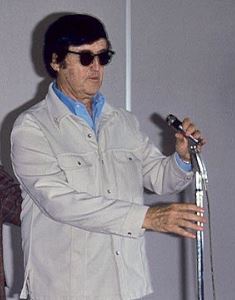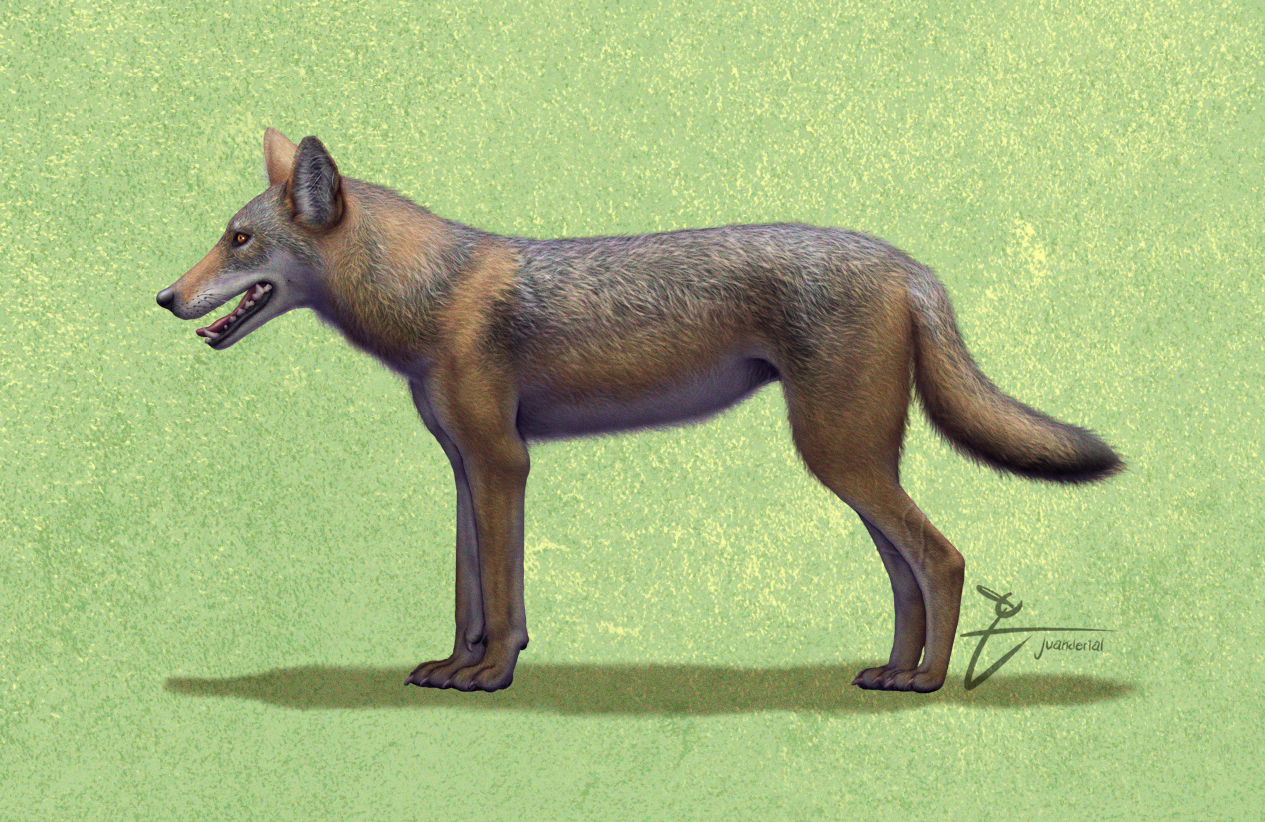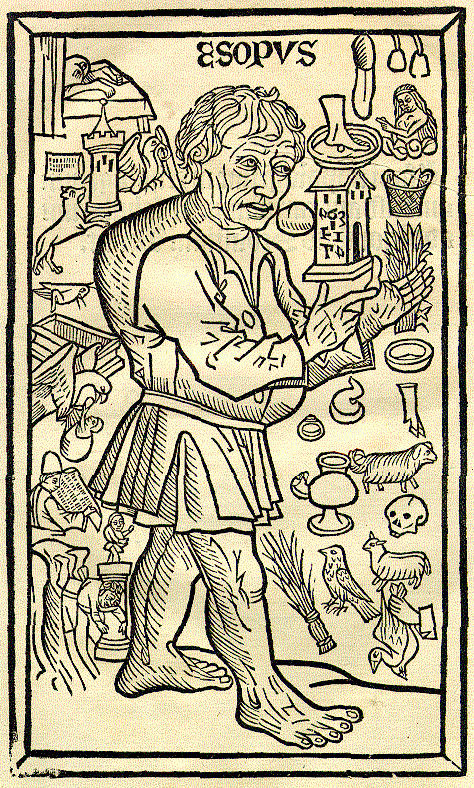|
Cecil Turtle
Cecil Turtle is a fictional character in the Warner Bros. ''Looney Tunes'' and '' Merrie Melodies'' series of films. Though he made only three theatrical appearances, Cecil has the unusual distinction that he is one of the very few characters who were able to outsmart Bugs Bunny, and the only one to do so three times in a row and at the rabbit's own game. Cecil often gives Bugs the taunting nickname of "Speedy" when addressing the rabbit. History ''Tortoise Beats Hare'' Animator Tex Avery introduced Cecil in the short '' Tortoise Beats Hare'', released on March 15, 1941. Even from the cartoon's opening titles, Avery lets on that Bugs Bunny is about to meet his match. Bugs wanders onto the screen munching his obligatory carrot and absent-mindedly begins reading the title card, grossly mispronouncing most of the credits, such as for "Avery" rather than the correct . When he finally gets to the title itself, he becomes outraged, tears apart the title card, and rushes to Cecil Turt ... [...More Info...] [...Related Items...] OR: [Wikipedia] [Google] [Baidu] |
Looney Tunes
''Looney Tunes'' is an American media franchise produced and distributed by Warner Bros. The franchise began as a series of animated short films that originally ran from 1930 to 1969, alongside its spin-off series ''Merrie Melodies'', during the golden age of American animation.Looney Tunes . ''www.bcdb.com'', April 12, 2012 Following a revival in the late 1970s, new shorts were released as recently as 2014. The two series introduced a large List of Looney Tunes and Merrie Melodies characters, cast of characters, including Bugs Bunny, Daffy Duck, Porky Pig, Tweety Bird and Elmer Fudd. The term ''Looney Tunes'' has since been expanded to also refer to the characters themselves. ''Looney Tunes'' and ''Merrie Melodies'' were initially produced by Leon Schlesinger and animators Hugh Harman and Rudolf Ising from 1930 to 1933. [...More Info...] [...Related Items...] OR: [Wikipedia] [Google] [Baidu] |
Short Film
A short film is a film with a low running time. The Academy of Motion Picture Arts and Sciences (AMPAS) defines a short film as "an original motion picture that has a running time of not more than 40 minutes including all credits". Other film organizations may use different definitions, however; the Academy of Canadian Cinema and Television, for example, currently defines a short film as 45 minutes or less in the case of documentaries, and 59 minutes or less in the case of scripted narrative films (it is not made clear whether this includes closing credits). In the United States, short films were generally termed short subjects from the 1920s into the 1970s when confined to two 35 mm reels or less, and featurettes for a film of three or four reels. "Short" was an abbreviation for either term. The increasingly rare industry term "short subject" carries more of an assumption that the film is shown as part of a presentation along with a feature film. Short films are often s ... [...More Info...] [...Related Items...] OR: [Wikipedia] [Google] [Baidu] |
Bob Clampett
Robert Emerson Clampett Sr. (May 8, 1913 – May 2, 1984) was an American animator, film director, director, film producer, producer and puppeteer best known for his work on the ''Looney Tunes'' animated series from Warner Bros. as well as the television shows ''Time for Beany'' and ''Beany and Cecil''. He was born and raised not far from Hollywood, Los Angeles, Hollywood and, early in life, showed an interest in animation and puppetry. After dropping out of high school in 1931, he joined the team at Harman and Ising, Harman-Ising Productions and began working on the studio's newest short subjects, ''Looney Tunes'' and ''Merrie Melodies''. Clampett was promoted to a directorial position in 1937. During his 15 years at the studio, he directed 84 cartoons later deemed classic, and designed some of the studio's most famous characters, including Porky Pig, Daffy Duck and Tweety. Among his most acclaimed films are ''Porky in Wackyland'' (1938) and ''The Great Piggy Bank Robbery'' (1946 ... [...More Info...] [...Related Items...] OR: [Wikipedia] [Google] [Baidu] |
Wolf
The wolf (''Canis lupus''; : wolves), also known as the grey wolf or gray wolf, is a Canis, canine native to Eurasia and North America. More than thirty subspecies of Canis lupus, subspecies of ''Canis lupus'' have been recognized, including the dog and dingo, though grey wolves, as popularly understood, only comprise Wild type, naturally-occurring wild subspecies. The wolf is the largest wild Neontology, extant member of the family Canidae, and is further distinguished from other ''Canis'' species by its less pointed ears and muzzle, as well as a shorter torso and a longer tail. The wolf is nonetheless related closely enough to smaller ''Canis'' species, such as the coyote and the golden jackal, to produce fertile Canid hybrid, hybrids with them. The wolf's fur is usually mottled white, brown, grey, and black, although subspecies in the arctic region may be nearly all white. Of all members of the genus ''Canis'', the wolf is most Generalist and specialist species, specializ ... [...More Info...] [...Related Items...] OR: [Wikipedia] [Google] [Baidu] |
Droopy Dog
Droopy is an animated character from the golden age of American animation. He is an anthropomorphic white Basset Hound with a droopy face. He was created in 1943 by Tex Avery for theatrical cartoon shorts produced by the Metro-Goldwyn-Mayer cartoon studio. Essentially the polar opposite of Avery's other MGM character, the loud and wacky Screwy Squirrel, Droopy moves slowly and lethargically, speaks in a jowly monotone voice, and—though hardly an imposing character—is shrewd enough to outwit his enemies. When finally roused to anger, often by a bad guy laughing heartily at him, Droopy is capable of beating adversaries many times his size with a comical thrashing. The character first appeared, nameless, in Avery's 1943 cartoon '' Dumb-Hounded''. Though he was not called "Droopy" onscreen until his fifth cartoon, ''Señor Droopy'' (1949), the character was already named "Droopy" in model sheets for his first cartoon. He was officially first labeled "Happy Hound", a name used in t ... [...More Info...] [...Related Items...] OR: [Wikipedia] [Google] [Baidu] |
The Tortoise And The Hare (film)
''The Tortoise and the Hare'' is an American animated short film from the '' Silly Symphonies'' series, released on January 5, 1935, by United Artists, produced by Walt Disney and directed by Wilfred Jackson. Based on an Aesop's fable of the same name, it won the 1934 Oscar for Best Short Subject: Cartoons. This cartoon is also believed to be one of the inspirations for Bugs Bunny by Warner Bros., who first appeared in 1940.Barrier (2003), p. 359-362 Plot Max Hare is the heavy favorite to win a major sporting event. He is cocky, athletic, and incredibly fast. His challenger, Toby Tortoise, is teased and jeered for being sluggish and clumsy. He does seem to have the ability to stretch, which comes in handy in certain situations. Max tells Toby that he intends to play fair, but it seems obvious that Max is just out to humiliate his competition. The race begins and Max zooms off. It takes an extra nudge from the starting line to get Toby going. Max seems to dominate the race, zoo ... [...More Info...] [...Related Items...] OR: [Wikipedia] [Google] [Baidu] |
Silly Symphony
''Silly Symphony'' (also known as ''Silly Symphonies'') is an American animation, animated series of 75 musical short films produced by Walt Disney Animation Studios, Walt Disney Productions from 1929 to 1939. As the series name implies, the ''Silly Symphonies'' were originally intended as whimsical accompaniments to pieces of music. As such, the films usually did not feature continuing characters, unlike the ''Mickey Mouse (film series), Mickey Mouse'' shorts produced by Disney at the same time (exceptions to this include ''Three Little Pigs (film), Three Little Pigs'', ''The Tortoise and the Hare (film), The Tortoise and the Hare'', and ''Three Orphan Kittens'', which all had sequels). The series is notable for its innovation with Technicolor and the Multiplane camera, multiplane motion picture camera, as well as its introduction of the character Donald Duck, who made his first appearance in the ''Silly Symphony'' cartoon ''The Wise Little Hen'' in 1934. Seven shorts won the Acad ... [...More Info...] [...Related Items...] OR: [Wikipedia] [Google] [Baidu] |
Walt Disney Pictures
Walt Disney Pictures is an American film Film production company, production company and subsidiary of Walt Disney Studios (division), the Walt Disney Studios, a division of Disney Entertainment, which is owned by the Walt Disney Company. The studio is the flagship producer of Live action, live-action feature films and animation within the Walt Disney Studios unit and is based at the Walt Disney Studios (Burbank), Walt Disney Studios in Burbank, California. Animated films produced by Walt Disney Animation Studios and Pixar, Pixar Animation Studios are also released under the studio banner. Walt Disney Studios Motion Pictures distributes and markets the films produced by Walt Disney Pictures. Disney began producing live-action films in the 1950s. The live-action division became Walt Disney Pictures in 1983, when Disney reorganized its entire studio division, which included the separation from the feature animation division and the subsequent creation of Touchstone Pictures. At the ... [...More Info...] [...Related Items...] OR: [Wikipedia] [Google] [Baidu] |
Parody
A parody is a creative work designed to imitate, comment on, and/or mock its subject by means of satire, satirical or irony, ironic imitation. Often its subject is an Originality, original work or some aspect of it (theme/content, author, style, etc), but a parody can also be about a real-life person (e.g. a politician), event, or movement (e.g. the French Revolution or Counterculture of the 1960s, 1960s counterculture). Literary scholar Professor Simon Dentith defines parody as "any cultural practice which provides a relatively polemical allusive imitation of another cultural production or practice". The literary theorist Linda Hutcheon said "parody ... is imitation, not always at the expense of the parodied text." Parody may be found in art or culture, including literature, parody music, music, Theatre, theater, television and film, animation, and Video game, gaming. The writer and critic John Gross observes in his ''Oxford Book of Parodies'', that parody seems to flourish on te ... [...More Info...] [...Related Items...] OR: [Wikipedia] [Google] [Baidu] |
The Tortoise And The Hare
"The Tortoise and the Hare" is one of Aesop's Fables and is numbered 226 in the Perry Index. The account of a race between unequal partners has attracted conflicting interpretations. The fable itself is a variant of a common folktale theme in which ingenuity and trickery (rather than doggedness) are employed to overcome a stronger opponent. An ambiguous story The story concerns a Hare who ridicules a slow-moving Tortoise. Tired of the Hare's arrogant behaviour, the Tortoise challenges him to a race. The hare soon leaves the tortoise behind and, confident of winning, takes a nap midway through the race. When the Hare awakes, however, he finds that his competitor, crawling slowly but steadily, has arrived before him. The later version of the story in La Fontaine's Fables (VI.10), while more long-winded, differs hardly at all from Aesop's. As in several other fables by Aesop, the lesson it is teaching appears ambiguous. In Classical times, it was not the Tortoise's plucky conduct ... [...More Info...] [...Related Items...] OR: [Wikipedia] [Google] [Baidu] |
Fable
Fable is a literary genre defined as a succinct fictional story, in prose or verse, that features animals, legendary creatures, plants, inanimate objects, or forces of nature that are anthropomorphized, and that illustrates or leads to a particular moral lesson (a "moral"), which may at the end be added explicitly as a concise maxim or saying. A fable differs from a parable in that the latter ''excludes'' animals, plants, inanimate objects, and forces of nature as actors that assume speech or other powers of humankind. Conversely, an animal tale specifically includes talking animals as characters. Usage has not always been so clearly distinguished. In the King James Version of the New Testament, "" ("'' mythos''") was rendered by the translators as "fable" in the First Epistle to Timothy, the Second Epistle to Timothy, the Epistle to Titus and the First Epistle of Peter. A person who writes fables is referred to as a fabulist. Global history The fable is one of the m ... [...More Info...] [...Related Items...] OR: [Wikipedia] [Google] [Baidu] |
Aesop
Aesop ( ; , ; c. 620–564 BCE; formerly rendered as Æsop) was a Greeks, Greek wikt:fabulist, fabulist and Oral storytelling, storyteller credited with a number of fables now collectively known as ''Aesop's Fables''. Although his existence remains unclear and no writings by him survive, numerous tales credited to him were gathered across the centuries and in many languages in a storytelling tradition that continues to this day. Many of the tales associated with him are characterized by anthropomorphic animal characters. Scattered details of Aesop's life can be found in ancient sources, including Aristotle, Herodotus, and Plutarch. An ancient literary work called ''The Aesop Romance'' tells an episodic, probably highly fictional version of his life, including the traditional description of him as a strikingly ugly Slavery in Ancient Greece, slave () who by his cleverness acquires freedom and becomes an adviser to kings and city-states. Older spellings of his name have included ... [...More Info...] [...Related Items...] OR: [Wikipedia] [Google] [Baidu] |







